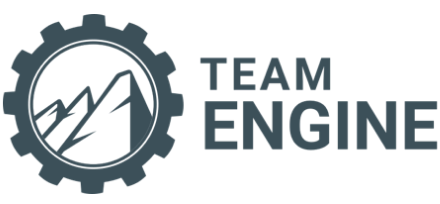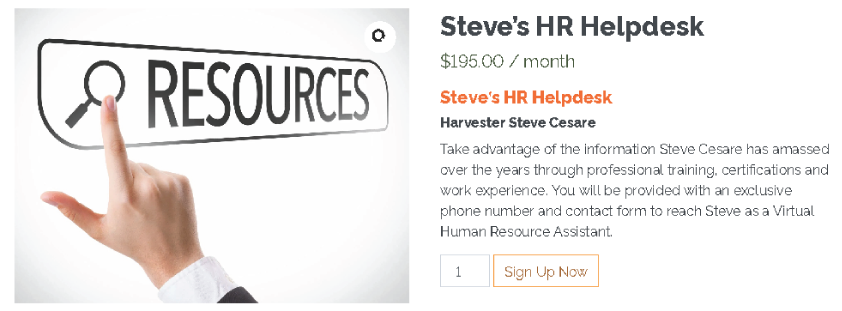
Worker’s Compensation Sticker Shock
Steven Cesare, Ph.D.
A business owner from Illinois called me the other day to talk about the renewal of his company’s worker’s compensation policy. Currently, the company has a monthly worker’s compensation premium of $14,700. When the owner opened the envelope from his worker’s compensation provider, containing the renewal notice for the next policy year, the number in the bottom right corner said $28,000.
Sticker shock! While the owner anticipated a rate increase due to the three injuries his company reported for the current year, he certainly did not expect a 91% jump in monthly premiums.
“Monthly” premiums. Do the math… multiply 28,000 by 12 months…carry the one…add the numbers. That’s $336,000 now in the annual budget. Infer the dominos starting to fall in line: Contract sales have to increase, production rates have to increase, enhancements proposals have to increase, gross margin goals have to increase, billable rates have to increase, and safety best practices have to increase.
With that cost now established, and the glaze-eyed business owner still recovering from sticker shock, I pivoted our conversation to a more adaptive plane and proposed the following list of key initiatives intent on improving his company’s safety culture, and decreasing his company’s worker’s compensation costs.
- Drive accountability by allocating that $336,000 proportionately to each business department (e.g., maintenance, construction, trees, irrigation, snow).
- Specify empirical safety goals for each business department.
- Hold each department manager to task for designing and implementing specific actions that will achieve his/her department’s goals, improve employee safety, and reduce worker’s compensation costs.
- Require each department manager to conduct five job-site safety audits each month and report on his/her departmental safety practices, metrics, and concerns at each monthly financial review meeting.
- Post the number $336,000 in multiple locations around the office, shop, and yard. Since employees are directly responsible for workplace injuries, they should know the consequences of their in/actions.
- Promote a bi-lingual Foreman to become the full-time Safety Coordinator. With a $336,000 annual bill to pay, the company can no longer treat employee safety as a mere peripheral function to be addressed on an ad-hoc basis. It’s time for real resources to be allocated purposefully.
- Establish a Safety Committee consisting of a diagonal swath of employees (e.g., Construction Manager, Maintenance Field Supervisor, Mow Crew Foreman, Enhancements Laborer, and Safety Coordinator) that meets each month to address injuries, near misses, tailgate training events, job site safety audits, employee accountability, and Foremen responsibilities.
- Mandate that all Foremen, Field Supervisors, and Department Managers attain their OSHA 10-hour certification within six months of entering their position; the Safety Coordinator should attain an OSHA 30-hour certification within that same timeframe.
- Remind field employees of specific safety best practices during their daily crew huddles every morning.
- Add Safety as a rating factor on every field employee’s annual performance evaluation form.
- Provide more active, immediate, and explicit hands-on coaching, discipline, and follow-up by Field Supervisors and Foreman on daily employee safety behaviors.
- Eliminate employee complacency by having a different Foreman lead the safety tailgate training session each week, instead of reflexively relying on the Safety Coordinator to do so.
- Demand the worker’s compensation provider supply a Safety Auditor to review 4-5 field jobs each quarter and prepare a report of observations, shortcomings, and best practices for executive review.
- Implement a Safety Panel that serves as a tribunal to interview each employee who was injured and his/her Foreman, as a method for identifying the antecedents, points of negligence, and corrective actions focused entirely on that employee’s accountability in allowing the injury to occur.
- Roll out a Safety Rewards Program allowing Field Supervisors and Managers to distribute raffle tickets to employees demonstrating proper safety behaviors each week. At the end of each week in which no accidents occurred, three winning tickets are drawn rewarding each employee with a $100 gift card.
Here’s a trick question: Which one of these initiatives would work best at your organization? Why?
If you have any questions or comments about this topic or anything else related to human resources, Sign Up for Steve’s HR Helpdesk!
Check Out Harvester Steve Cesare’s
NEW OFFERING!
Harvest Group Partners

Click the icon below to download the Harvest Group Mobile app!
What do you want to learn more about?
The Harvesters want to know what topics you would like to see us discuss. Click below to submit your ideas!




